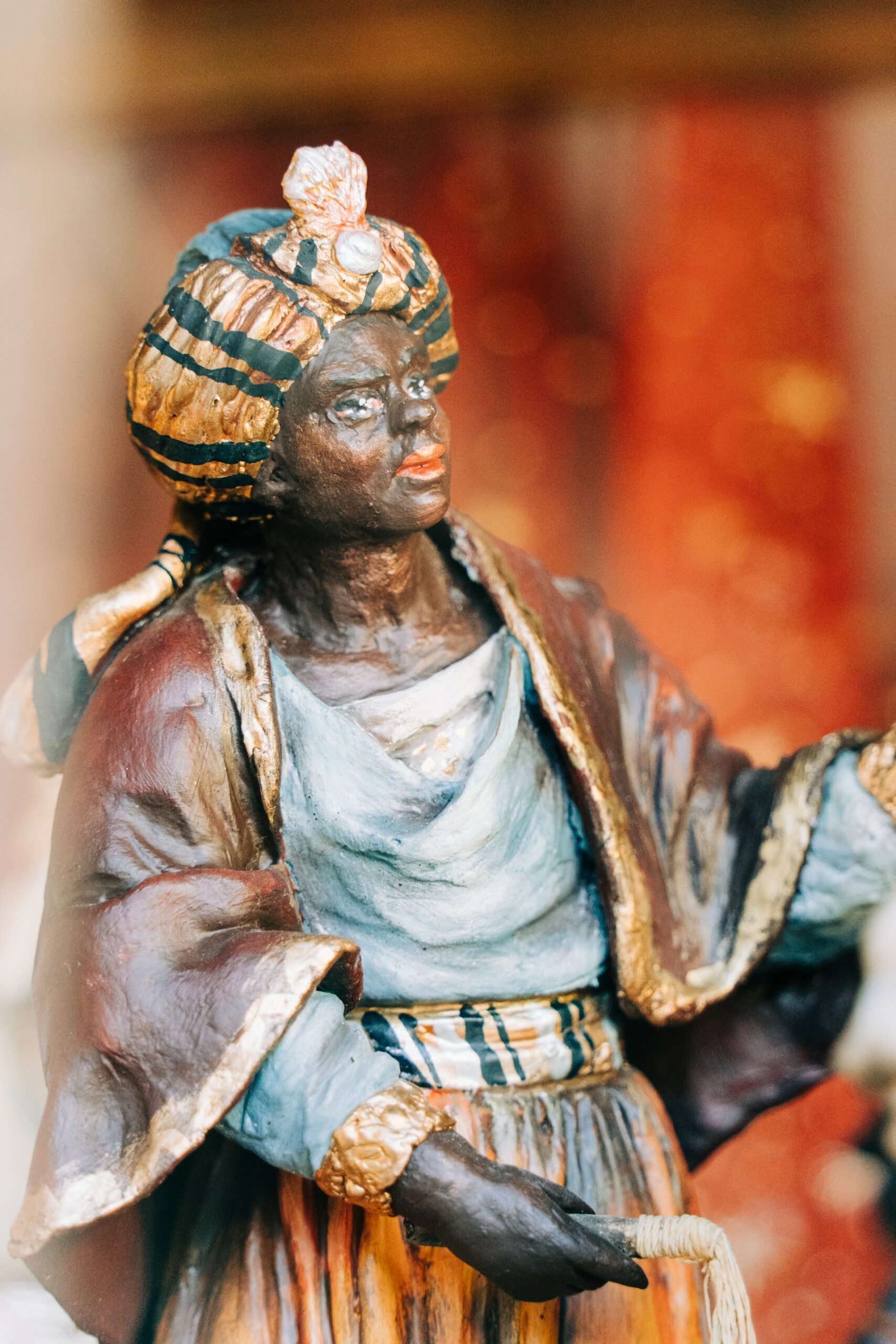The Three Kings preparations are part of a group of remedies created by Hugo Erbe (1885-1965) as a result of his lifelong work as a biodynamic farmer in Germany. Erbe, who felt a close connection to the elemental world, sought ways to support its beneficial influences.
After the atomic bombings of Hiroshima and Nagasaki in 1945, Erbe observed a significant disturbance and flight of beneficial elemental beings from his farmland. He perceived this deep wound in the living sheath of the earth as a process where the elemental beings were demonized. To heal the damage to the earth’s organism and restore balance to the elemental beings, he developed a preparation from the gifts of the Three Kings or Magi.
The Three Kings brought gifts of Gold, Frankincense, and Myrrh to the infant Jesus. These three gifts are rich in symbolism, as one would expect from initiates. Gold symbolizes wisdom and intelligence. Frankincense is a universal symbol for spiritual intuition and sacramental offering. Myrrh represents dying, death, the sacrifice of the earthly so that the higher may come to life.
Rudolf Steiner provided crucial insights into these substances from his own spiritual research. He pointed out that the gifts of the three Magi were meant to strengthen the development of the Jesus child in three ways. Gold was to aid the growth of the physical body, connected to solar forces. Frankincense was for the development of a harmonious soul life, with the incense form being paramount. Myrrh was intended to enhance spiritual development. For instance, Egyptians used Myrrh oil for embalming and processes directly related to the transition of consciousness into a higher spiritual world.
Most significantly, Steiner highlighted that the resin of the frankincense tree not only protects the plant but also enables the plant to reconnect with the world of the stars from which its growth impulses originate. When introduced into the human body, it enhances milk production in mothers and, when passed from mother’s milk to infants, helps optimize the development of the young brain. In adults, it optimizes mental functioning.
One could say that the three kings represent the three higher forces of man: Wisdom, Beauty, and Strength. As long as humans live in their lower nature, these forces are in disarray and chaos. However, when individuals have purified themselves so that the three forces work together harmoniously, and they can freely use them, the path to the realm of the spiritual is open before them.
Ancient mystery wisdom has always regarded these three substances as symbols of awareness for spiritual events occurring behind outer physical phenomena. When prepared correctly, these three sacred substances can also serve as gifts to the earth and the elemental world. The preparation is always made on New Year’s Eve and then spread on January 6th, the Festival of the Three Kings.
The tradition of applying the Three Kings preparations extends across various communities and farms, with many people participating in this ritualized process. On January 6th, individuals gather to distribute the preparation along the borders of farms, gardens, or villages. This action symbolizes not only a connection to nature but also an invitation to the elemental life forces to manifest in the upcoming year.
The process involves circling the borders with a bucket in one hand and a brush in the other. The brush is dipped into the prepared substance, and with each step, the substance is swirled in an outward direction, away from the farm boundary, where it falls in a fine spray. This is done to welcome and encourage elemental life forces to be fruitful and supportive in the coming year. This symbolic act is considered a form of offering to the earth and the elemental kingdom, expressing gratitude for the gifts of the universe.
It is essential to note that, while some may view these practices as unconventional, many participants consider them a natural extension of a deeper understanding of the interplay between humans, nature, and the cosmos. Similar to the old farming adage “The best fertilizer is the farmer’s boot,” conscious interaction with the environment is seen as a means to activate positive forces for the farm, the harvest, and the animals.
In times of uncertainty and darkness, a quote from Rudolf Steiner serves as a reminder that people of goodwill, when acting together, can achieve remarkable changes. It emphasizes the significance of collective efforts, especially when working in harmony with nature and supporting life forces.
